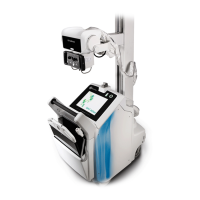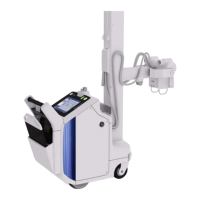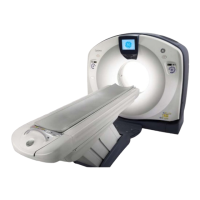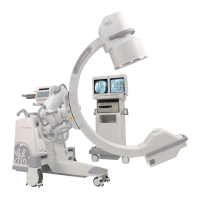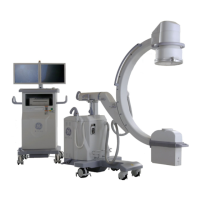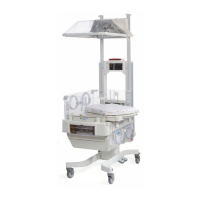Chapter 11: Image Viewer
5495975-1EN Rev.9 11-17
© 2013-2017 General Electric Company. All rights reserved.
or when the collimator is turned. This allows the system to provide a shuttered image on the viewer
regardless of where the collimated image edges lie on the receptor.
The Optima XR646 is able to detect collimation edges present in an x-ray radiograph. This allows the sys-
tem to provide a shuttered image on the viewer.
In the event of incorrect automatic shuttering, the image can be recovered by manually re-shuttering the
image to visualize the desired anatomy and then re-processing with the same look.
Re-process Images
Image re-processing allows the system to extract more information from an already acquired image by
changing the processing settings instead of taking additional exposures.
Re-processing can be performed on any image that has a corresponding raw data set. Images can be re-
processed both in live exams and in review mode.
Re-processing creates a new image in the “PROCESSED” series.
Note: When closing an exam or closing patient in review mode, you must select to save changes to
images or the re-processed images will not remain in the series. Refer to Save Changes to Images
(p. 11-35) for more information.
The initial image processing is determined by the default that is configured for the protocol. Refer to
Chapter 15: Preferences
-Image Processing (p. 15-49) for more information.
Table 11-6 describes the settings used to re-process an image.
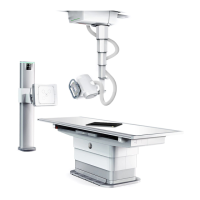
